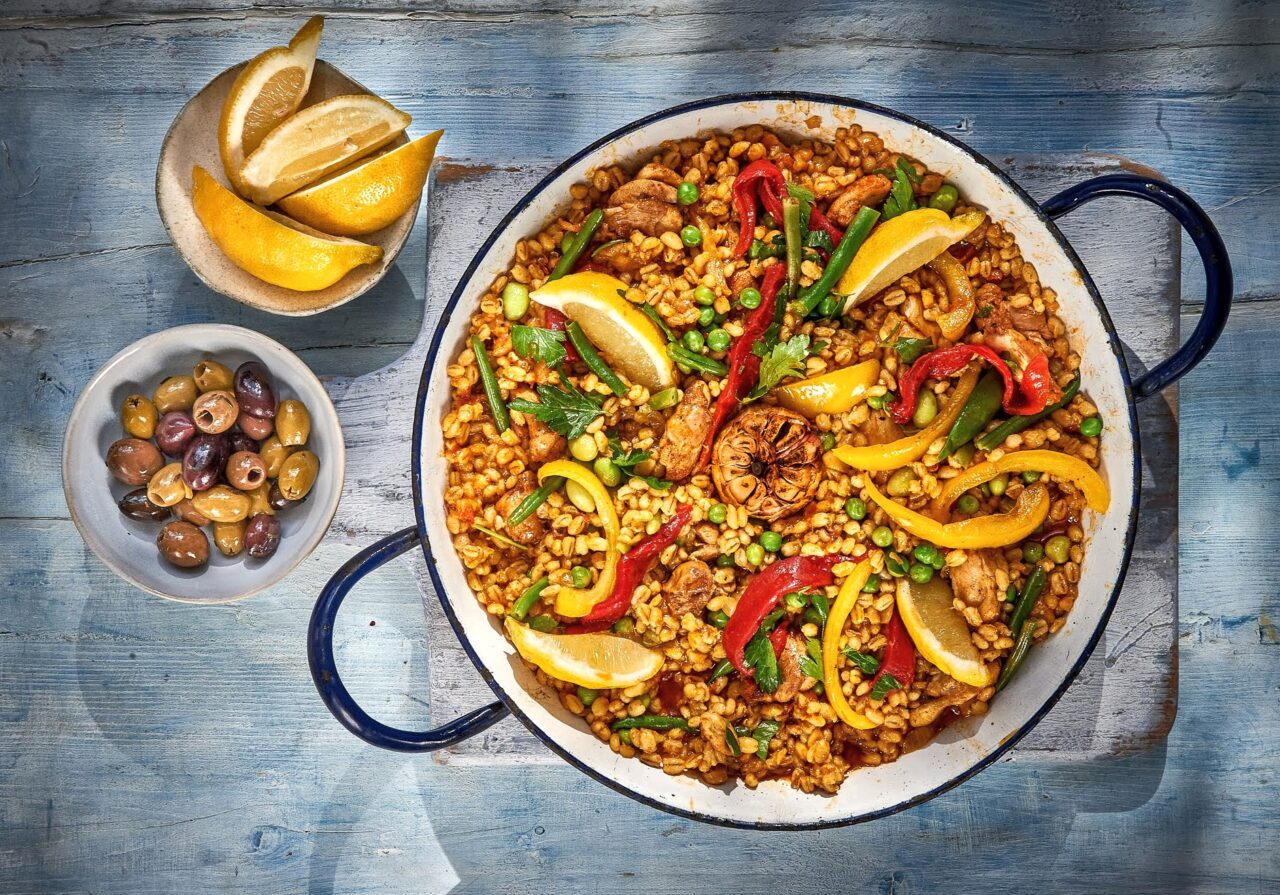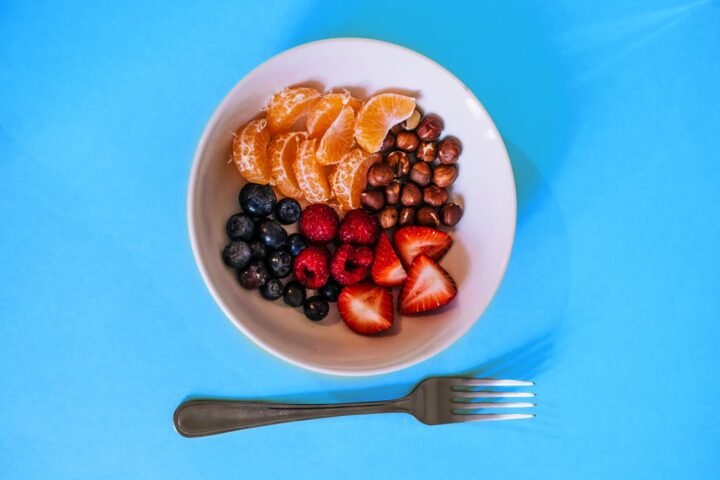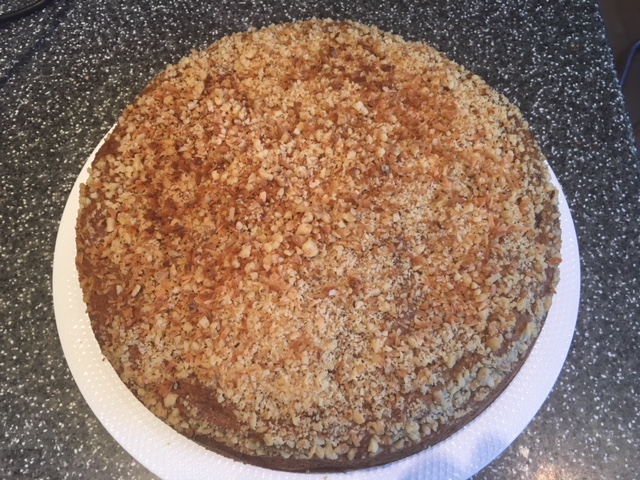As I wrote in a previous blog, I was recently at the Royal Society of Medicine, schmoozing myself into the company of the great and famous in the world of nutrition. Dr Charlotte Evans, Associate Professor at Leeds University’s School of Food Science and Nutrition, was speaking on Fibre.

Dr Evans emphasised that we should all be eating 30g of fibre a day. Very few of us get close to this and yet fibre reduces your blood pressure and drops the risk of diabetes and of bowel cancer. (Following the conference she has very kindly checked over some of my writing on sugar for the book we’re writing: ‘To Life! The Food Lovers Guide to Healthier Jewish Cookery.’ This later changed to ‘To Life! Healthy Jewish Food’
)

I’ve been chatting to a lovely friend who attended a diabetes education program. She told me that she was taught that people with prediabetes and diabetes have a poor tolerance of carbohydrates. She has stopped eating any bread except for Friday night challah and has cut down on crisps, biscuits and cake. She’s also stopped eating sweeter fruits like grapes, pineapple and mango. She finds it easier to go ‘cold turkey’ on high carb foods rather than trying to have small portions and show restraint.

So, here lies a dilemma for me: how to get enough fibre in this situation?
Low carb high fibre options include leafy vegetables, such as cabbage and kale e.g. in a minestrone; quinoa and nuts e.g. in a quinoa pilaf or a nut roast and lentils e.g. added to a shepherd’s pie or soup. Also, porridge oats can be helpful to replace matzo meal in recipes and ground flaxseeds can be sprinkled into stews, soup or yoghurt.
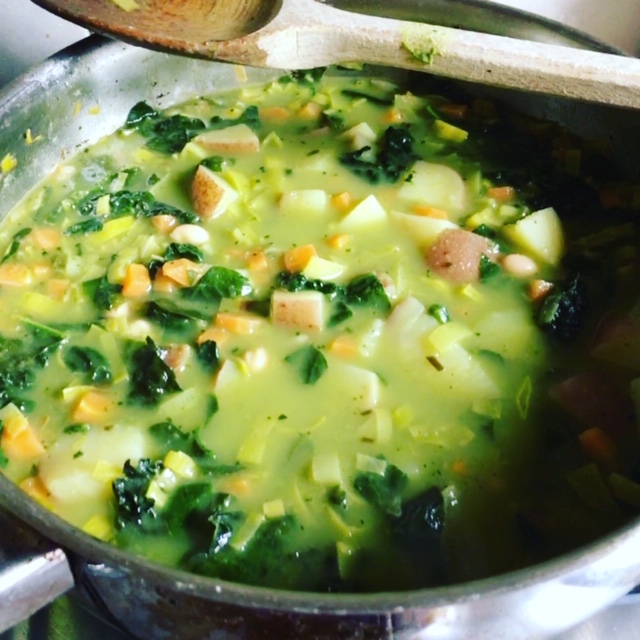
My friend says that after the initial ‘honeymoon period’ of responding to the shock of the diagnosis, her diet has partly fallen off. This is not surprising. Very few of us can stay strictly to a diet for more than a few months. She made a lifestyle change and got into better habits, which will stand her in good stead, even if they are no longer so strict.
One of the professors from the conference, Professor Rimmer, described chips as ‘starch bombs.’ (Starchy foods include root vegetables, beans and sweetcorn. They are converted to glucose after digestion and can raise the blood sugar.) He believes in ‘swaps’ i.e. saying to yourself: ‘I’m going to have this instead of this!’
- Replacing red meat with legumes, nuts and fish can be good.
- Replacing bread and crackers with oatcakes or wholewheat pitta.
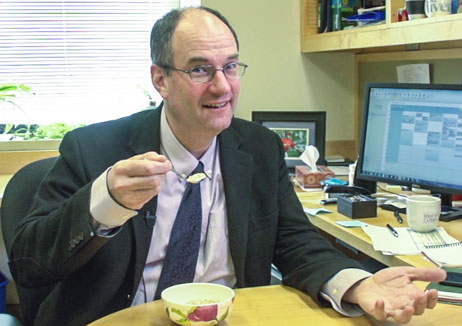
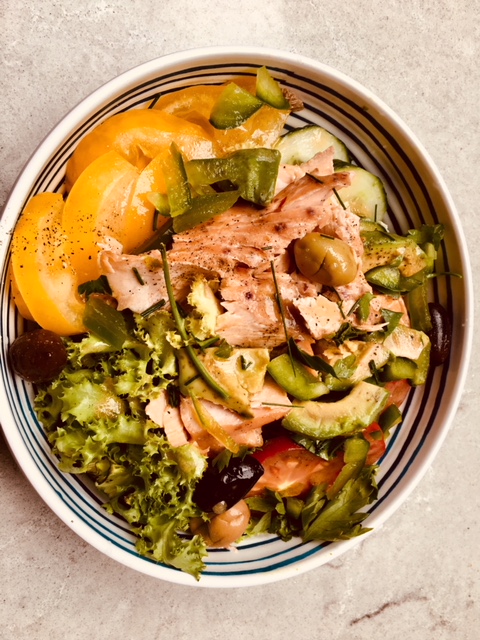
My friend recommends putting your veg and protein on the plate first, leaving little or no room for potatoes, rice or pasta and trying to avoid refills.
And what about those of us who don’t have diabetes and are not at high risk of getting it? Yes, we can have more carbs of the high fibre variety, but if slimming is your priority, a carb-free meal a day can be a good way to go.
As with almost everything related to our bodies, each of us an individual – what works for me may not for you and vice versa. So find out what works for you and enjoy the journey.

